Empires of the Atlantic World: Britain and Spain in America 1492-1830 (46 page)
Read Empires of the Atlantic World: Britain and Spain in America 1492-1830 Online
Authors: John H. Elliott
Tags: #Amazon.com, #European History

BOOK: Empires of the Atlantic World: Britain and Spain in America 1492-1830
4.08Mb size Format: txt, pdf, ePub
11 New World ethnography in the making. The Relaci6n de Michoacan (1539-40) provides a rich account of the history and customs of the Tarascan Indians of west-central Mexico in the period before the Spanish conquest. The author, possibly the Franciscan Jeronimo de Alcala, is shown presenting his manuscript to the viceroy, Don Antonio de Mendoza.
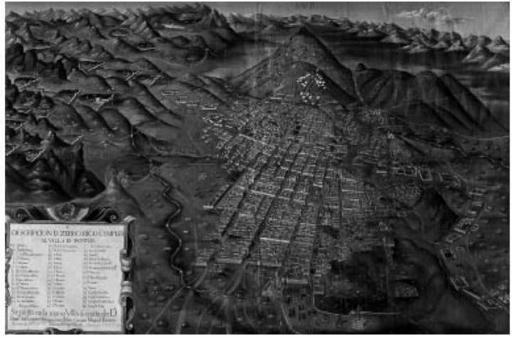
12 Gaspar de Berrio, Description of the Cerro Rico and the Imperial Town of Potosi (1758). The Cerro Rico, or silver mountain, rises in the background, while the town itself, built to a grid-iron plan, is laid out before it. To the left are the artificial lakes and dams constructed by the Spaniards to power the mills for refining the silver. While work goes on in the mines, a procession comes down the hillside carrying the banners of a religious confraternity. Situated in the high Andes, 13,000 feet above sea level, mid-eighteenth-century Potosi had a population of under 60,000, well down from that in 1600, when a population of over 100,000 made it one of the largest cities of the western world.
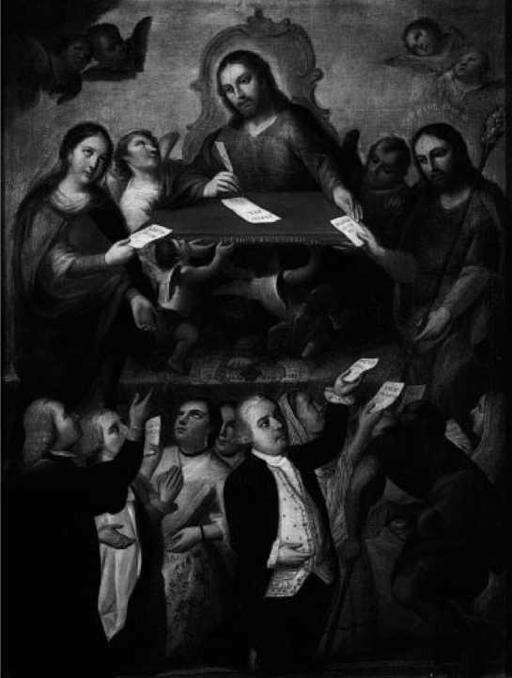
13 Jose de Alcibar, St Joseph and the Virgin (1792). Celestial bureaucracy in action. The Virgin and St Joseph act as intercessors, passing up petitions to Christ for decision. While earthly kingdoms were supposed to be modelled on the divine, this painting suggests that the Hispanic world modelled its image of the celestial kingdom on that of the hierarchical structure of a bureaucratized Spanish Monarchy with its elaborate processes of lobbying and petititioning, motivated by the assumption that services would in due course be appropriately rewarded by a grateful monarch.
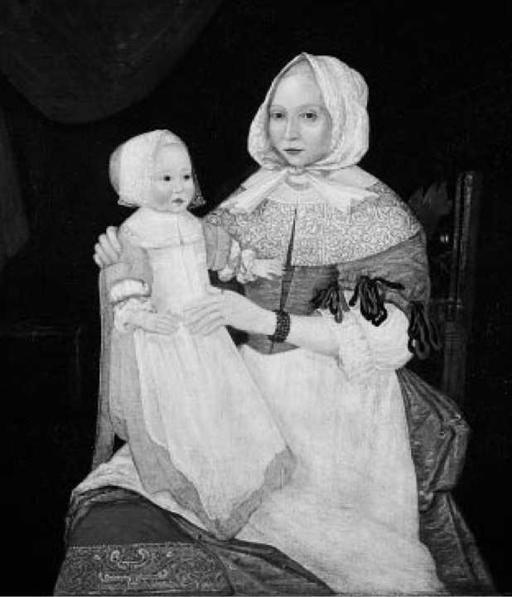
14 Anon., Mrs Elizabeth Freake and her Baby Mary (c. 1671-74). Elizabeth Clarke was born in 1642, the daughter of a prosperous merchant from Dorchester, south of Boston. In 1661 she married John Freake, a recent immigrant, who became a substantial Boston merchant, and whose portrait by the same artist made a companion piece to this picture. The couple had eight children, the youngest of whom, born in 1674, was the baby daughter shown in the painting. Following her husband's death in an accident in the following year, Elizabeth Freake made a second marriage and survived until 1713. The double portrait of mother and child can be seen as a testimonial to the fruitfulness expected of the Puritan family, while Elizabeth's lace collar, silk dress and jewellery testify to the affluence of the mercantile elite in late seventeenth-century New England.
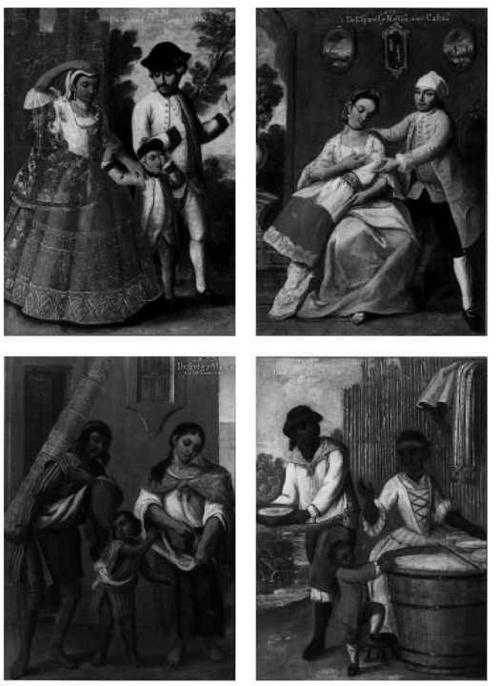
15 Andres de Islas, Four Racial Groups (1774). These four works, taken from a series of sixteen casta paintings by a Mexican artist, are typical of a genre that was highly popular in the eighteenth century. They illustrate well the attempt to devise a taxonomy for the gradations of racial mixture to be found in the viceroyalty of New Spain. Top row: 1. From a Spaniard and Indian is born a mestizo; 2. From a Spaniard and a mestiza is born a castizo. Bottom row: 3. From an Indian and a mestiza is born a coyote; 4. From a lobo, or wolf (the result of a union between an Indian man and an African woman) is born a chino.
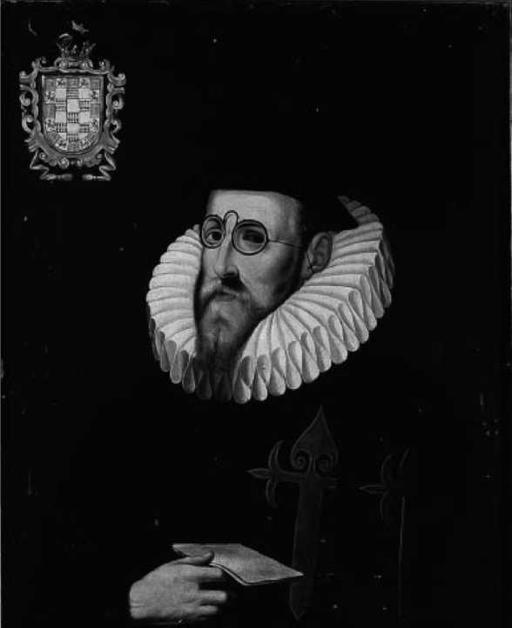
16 Anon., Don Luis de Velasco the younger, marquis of Salinas (1607), second son of Don Luis de Velasco who governed New Spain as its second viceroy from 1550 to 1564. Educated at Salamanca University, he was a member of the entourage that accompanied the future Philip II to England in 1554 for his marriage to Mary Tudor. In 1560 he joined his father in New Spain, where he married the daughter of one of the conquerors of Mexico, Don Martin de Ircio, a wealthy encomendero. In 1590 Philip II appointed him to his father's former post as viceroy. In 1611 he was recalled to Madrid to become president of the Council of the Indies, a post from which he retired in 1617, dying the same year. Smoothly ascending to the highest levels of the imperial bureaucracy, he exemplified, like his father before him, the extensive deployment of patronage by American viceroys to reward relatives and dependants and form profitable connections with the creole elite.
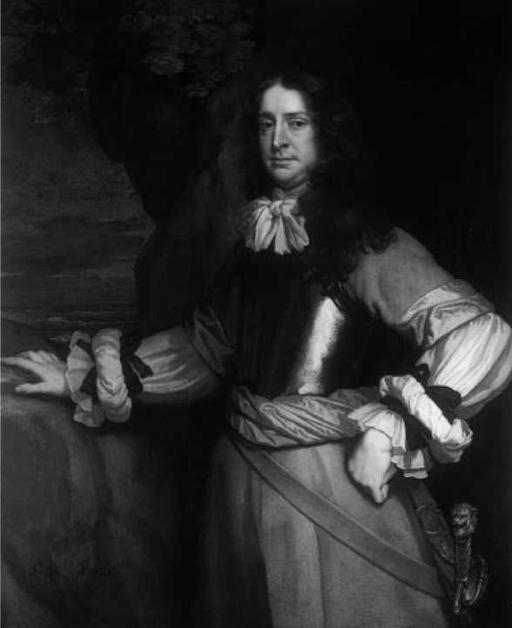
17 Sir Peter Lely, Portrait of Sir William Berkeley. Governor of Virginia from 1641 to 1652, and again from 1660 to 1677, Sir William Berkeley (1605-77) stamped his personality on a troubled and faction-ridden colonial society, for which he harboured great ambitions. Like Don Luis de Velasco he had strong personal interests in the land and society over which he presided, and, again like Don Luis, governed through a circle of friends and dependants chosen from among the creole elite. His career, however, unlike that of Don Luis, ended in failure and disgrace. Resentment at his style of governance helped provoke Bacon's rebellion, and led to his recall in 1677 to England where he died, a broken man, before being able to clear his name.
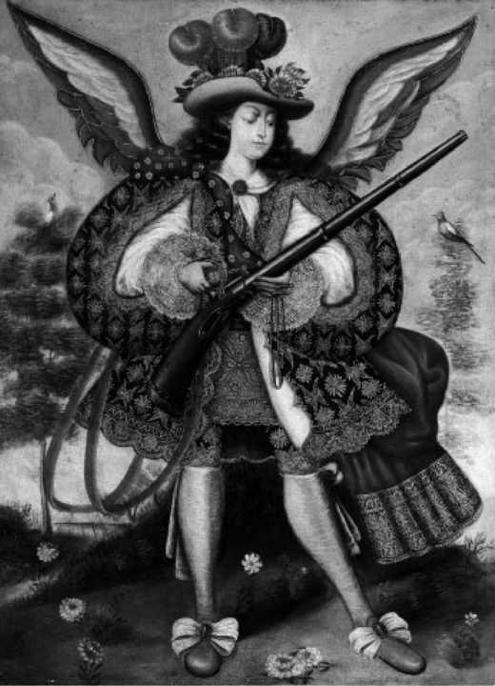
18 Anon., Angel Carrying Arquebus. Peru, Cuzco school (eighteenth century). Andean artists developed in the later seventeenth century a unique iconography representing a celestial militia composed of elegantly attired angels and archangels, many of them sporting arquebuses. Alongside the biblical archangels, Michael and Gabriel, the series frequently showed apocryphal archangels, whose inclusion, regarded as heterodox in Europe, passed without challenge in America. The origins of the iconography remain uncertain. It could well reflect the teachings of Christian missionaries in the Andes, but depictions of a militant heavenly host carried echoes of pre-conquest religious beliefs which may help to account for its popularity among the peoples of the Andes. The angelic manoeuvres with the arquebus are borrowed from engravings of drill movements taken from Jacob de Gheyn's Exercise of Arms, first published in the Netherlands in 1607.
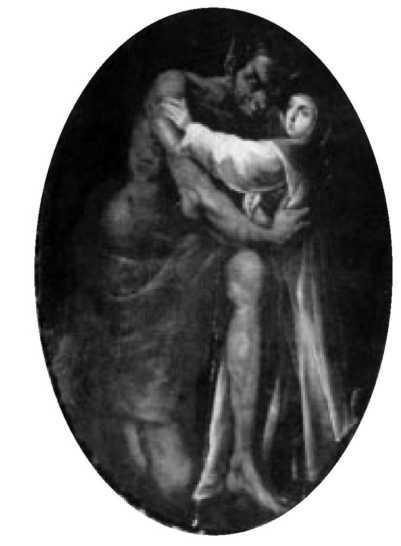
19 Anon., Santa Rosa of Lima and the Devil. Santa Rosa of Lima (1584-1617), canonized in 1671, was the first American to be made a saint. Although a native of Peru, her cult spread to other parts of Spanish America, including the viceroyalty of New Spain, as demonstrated by this late seventeenth-century painting from a retablo in the cathedral of Mexico City.
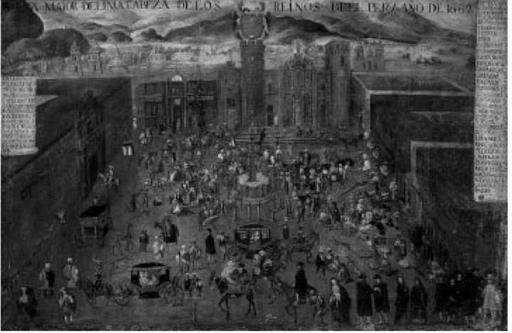
Other books
Castellano's Mistress of Revenge by Melanie Milburne
The Park Service: Book One of The Park Service Trilogy by Ryan Winfield
Tribute to Hell by Ian Irvine
The October Light of August by Robert John Jenson
Impossible Places by Alan Dean Foster
The Unknown Shore by Patrick O'Brian
Wingless by Taylor Lavati
The Two Mrs. Abbotts by D. E. Stevenson
Mine to Crave by Cynthia Eden
Vindication by Lyndall Gordon